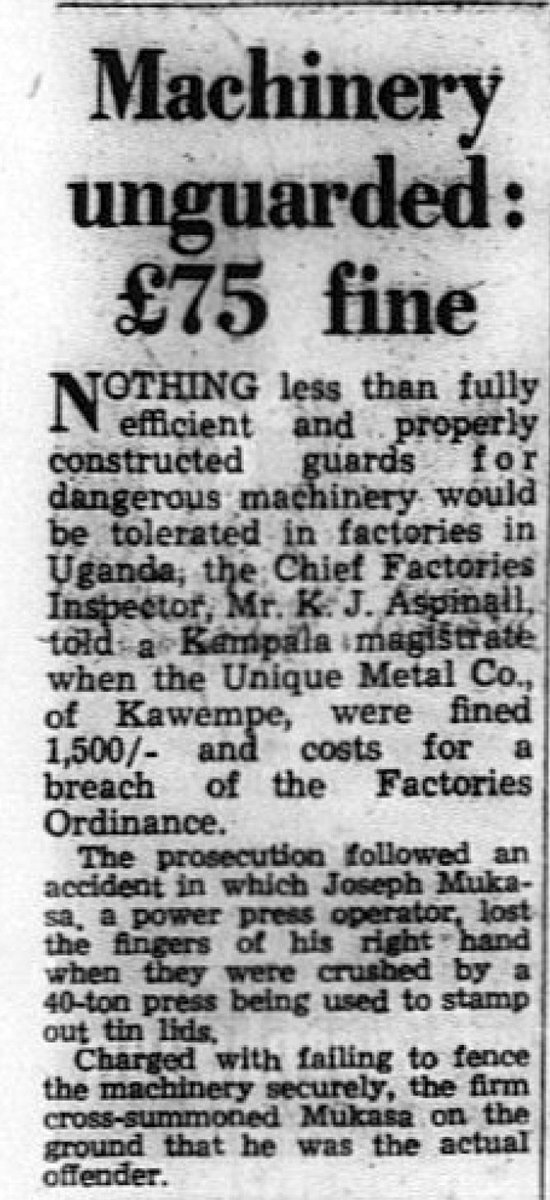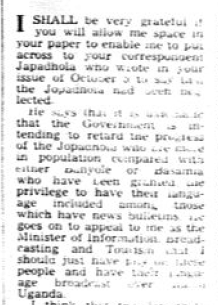
This is a post on the history of Kawempe. It is written in honour of their daughters and sons, who have helped make modern Uganda. #Komamboga 1/
In 1950, Kawempe was declared a township by the County Council of Kyaddondo, passed by the Kabaka and the Lukiiko. The township was created in response to the development of Ugandan & Asian businesses following WWII. 2/
Earlier, in the 1920s, land ownership in Kawempe was debated extensively during the Bataka Trials. Kawempe had been owned by Kanyange, the mother of Kabaka Ssuuna. It then passed to Muganzirwazza. Mailo undermined the claims of royal women. 3/ 

For communities in the area, the creation of a township was a trojan horse, designed to destroy Baganda homes & businesses, while privileging Asian economic interests. More broadly, dissenters saw the colonial government’s effort as a means of eating Buganda’s land. 12/
One of the more extensive commentaries was offered by Kateyanira Party (KP) in Gambuze on 17 Feb. 1956. An English summary was produced by colonial intelligence officers (seen here). KP was deeply worried that Asian & European political rights & land tenure laws discriminated 13/ 

W/ conviction, writers stated: “If you have already sold out the country, we, the owners of it, are going to fight for its return inch by inch until we live no more. We maintain that Kawempe should be developed as Africans’ own land instead of the interests 16/
of multi-racialism. Money should be advanced for the development of that land in the same way as money is advanced to chiefs for purchasing motor cars.” Adding insult to injury, throughout 1957, numerous Kawempe businesses were issued power cuts & safety fines, which 17/ 

only fueled growing animosity. Above are two examples from March and December. In 1959, for understandable reasons, then, Kawempe was an important site for the organization of the Uganda National Movement and its boycott. 19/
Four years later, in 1963, all eyes in Uganda were once again on Kawempe, when the wedding of Miria Kalule and Prime Minister Milton Obote was announced. Long may the communities of Kawempe experience peace and prosperity. 20/ 

• • •
Missing some Tweet in this thread? You can try to
force a refresh





























